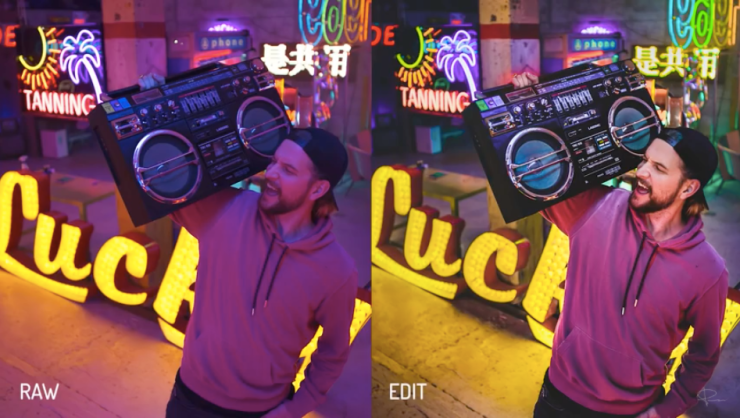More often than not, low light photography means shooting in less-than-ideal lighting conditions and making the most out of it. However, that doesn’t mean that it’s not possible to get great shots. With the help of some simple tips from Peter McKinnon, you’ll be on your way to taking better shots even in bad conditions.
In low light conditions, you’ll have to adjust your camera settings to make sure that you’re compensating for the requirements of the scene. This can either be the slow shutter speed required to expose the scene longer or the high ISO to make your shot look brighter. The problem with slow shutter speed is it will blur any movement in your shot, while high ISO settings tend to add some noise.
In one of his videos from 2018, Peter gives some tips for these and a few other low-light photography concerns. A good portion of it is a tour around the Neon Demon studio, but it should give you some ideas for shooting around neon lights at night. If you’re ready to take some notes, give it a watch then go through our quick breakdown below.
Set your shutter speed to twice your focal length in low light
This is actually a rule of thumb that many photographers now follow to make sure that they get sharp, blur-free photos. So, if you’re shooting with a 50mm lens, your shutter speed should be at 1/100s or 1/125s.
This is ideal if your shooting situation isn’t too dark and you need to do a long exposure. You can most likely still get away with setting the shutter speed to the focal length of your lens. But if you find that you’re getting the slightest blur, try it with twice the focal length of your lens instead.
Compensate the fast shutter speed with high ISO
Avoiding blur with a faster shutter speed when shooting in low light comes at a cost: Your photos will look dark unless you bump up the ISO setting. Don’t be afraid to go for 3200 or 6400, as most cameras these days still produce relatively clear photos even at high ISO settings. Photography technology is constantly improving to keep the noise low even at these settings, so take advantage of it!
Shoot with a wide open aperture
Shoot with a wide-open aperture — or the widest setting available on your lens — to let more light into your camera. It will also let you shoot with faster shutter speeds. This especially helps when you’re shooting portraits at night. Lenses with wider apertures like f/1.4 are pricey so that’s a bit of a trade-off, but it’s always worth investing in these lenses.

Shoot in RAW
Make sure you’re shooting in RAW so you can edit your shots in post without damaging the file. As Peter describes, working with a RAW file in post is just moving around the data stored in the file. For example, aside from the usual brightness, contrast, and sharpness adjustments, you can also bump up the luminance in post to fix the noise.
Don’t forget to check out Peter McKinnon’s YouTube channel for more of his photography tips and tricks.
Tell your story with the second annual Visual Storytelling Conference!
Experience four days of interactive, online training sessions featuring a range of educational content with experienced photographers and content creators. This free event kicks off with a series of technical boot camps to build essential skills, followed by live, online sessions on photography, video, business and social media. Join live from March 10-13, 2022!
